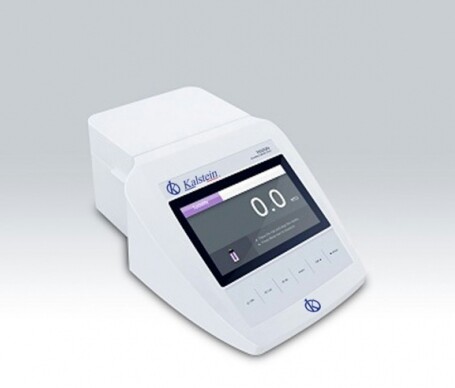A turbidimeter is a piece of equipment used to measure the turbidity of a liquid. These devices can also set the size and concentration of suspended particles through light scattering in a tube.
These devices measure turbidity - that is, how cloudy a fluid is. What the turbidimeter does is develop an optical analysis that allows you to measure the suspended particles in a dissolved gas or in a liquid. For this, it uses a light source and a light detector (a photocell) that is fixed at a right angle to the original beam.
The photocell, also called photoresistor or photoresistor, is an electronic part that, when it detects an increase in light, registers a change in its resistance. According to how the light source is geometrically arranged, the turbidimeter has different characteristics.
What is the measurement range of a turbidimeter?
According to the light that the particles reflect towards the photoresist, its density is estimated. However, the amount of light reflected by a certain density of particles depends on several factors, including the color and shape of the particles. The turbidity unit used by turbidimeters is called the Nephelometric Turbidity Unit (NTU). The turbidimeter's measurement range is 0 to 2000 NTU on the most advanced equipment, and it is typically sectioned into automatic ranges to increase accuracy.
How does a turbidimeter work?
Turbidity, is a measure of the opacity or haze of a fluid, it was originally thought as a qualitative measure of the aesthetics of drinking water. It is not a measure of actual particles in the water; it actually measures how much those particles affect the light that is transmitted through the water, or how that light reflects off the particles in the water.
A turbidimeter; It is a portable or installation instrument for measuring suspended particles in a colloidal liquid or gas. A turbidimeter measures suspended particles with a light beam (beam source) and a light detector set at 90 ° to the original beam. The density of the particles is a function of the light reflected by the suspended particles in the detector. The amount of reflected light for a given particle density depends on the properties of the particles such as their shape, color, and reflectivity.
This team; it is calibrated with a known particulate material, commonly known as Arizona street dust. Subsequently, environmental factors (K factors) are used to compensate for lighter or darker dust. The K-factors are determined by the user by activating the turbidimeter near an air sampling pump and comparing the results.
At Kalstein we are MANUFACTURERS and we offer you excellent turbidimeters with a wide measurement range, made with the highest technology and at the best PRICES on the market. So we invite you to take a look at the Products menu. HERE

